
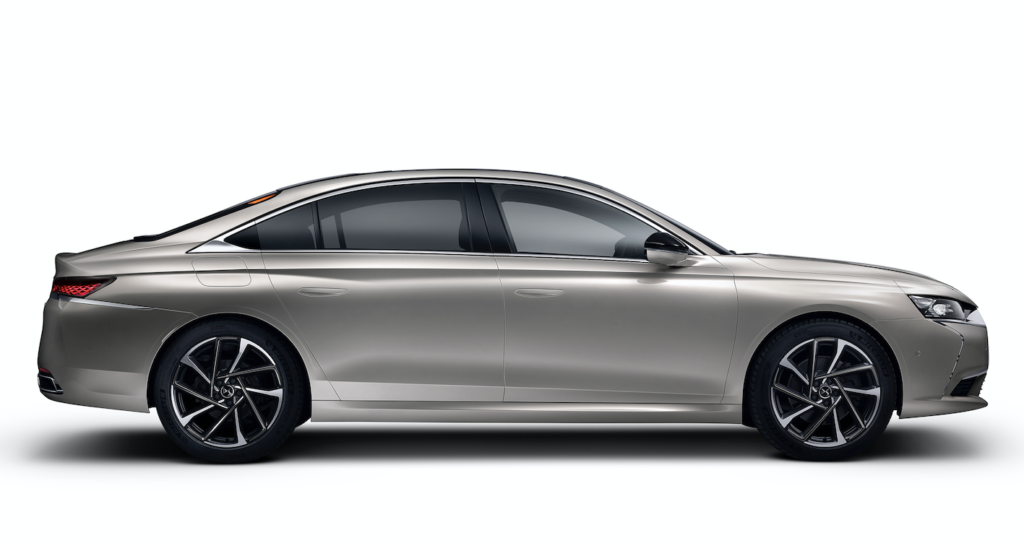
Here it is at last, this (very) big DS sedan ! The manufacturer evokes it in these frank and confident terms: it is the flagship of DS, highly refined and embodies the French excellence of the brand in a rapidly changing automobile market. Let’s discover its style, much wiser than the brand’s latest creations. Good for you? In the middle of this post, discover the deciphering of this design.
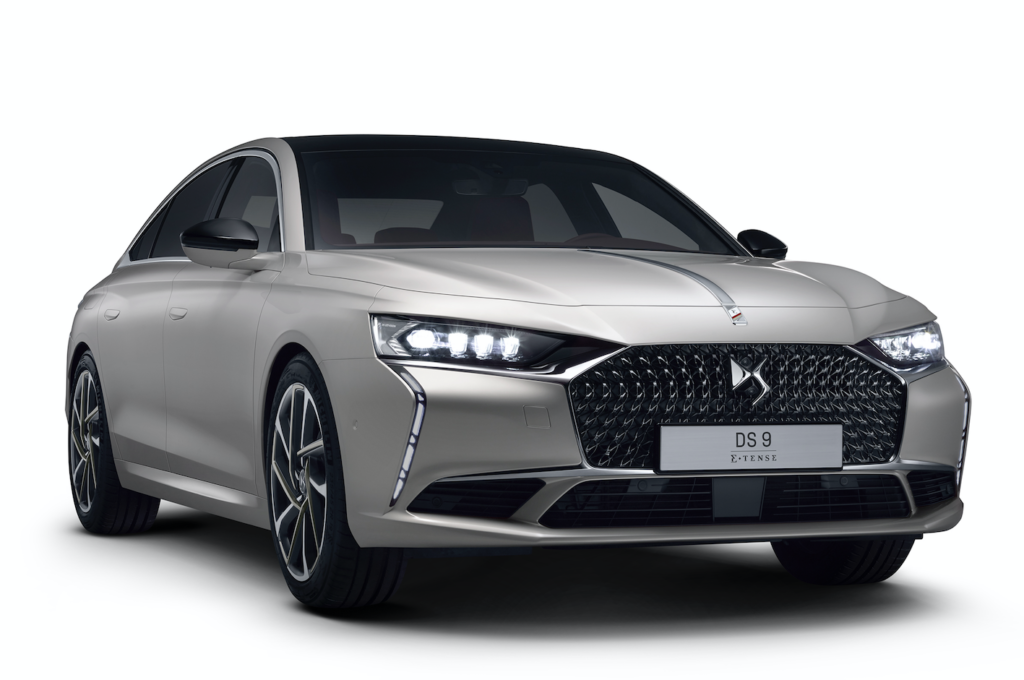
The DS 9 is a sedan with a trunk, 4.93 m long and 1.85 m wide. It is therefore aimed at the segment of the Mercedes E Class type, and plays with its own assets, with this French-style expression of luxury, notably the “Opera” finish with the famous watch strap leather.
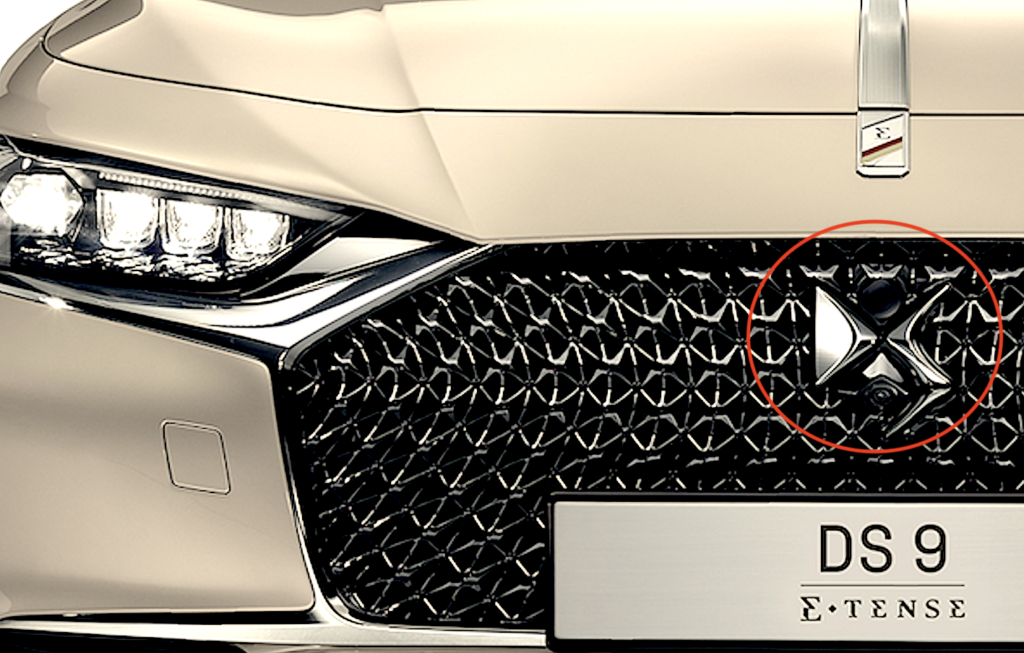
Imposing, this large French saloon shares part of its platform with the Chinese Peugeot 508 L, unveiled in November 2018, which has little in common with the European 508 : 12 cm longer (4.86 m for this Chinese 508 L), classic trunk without tailgate, framed doors… But the wheelbase of the 508 L is generous (2.85 m). The DS 9 has been lengthened even further to offer 2.90 m between the front and rear axles, which augurs well for exceptional rear roominess.
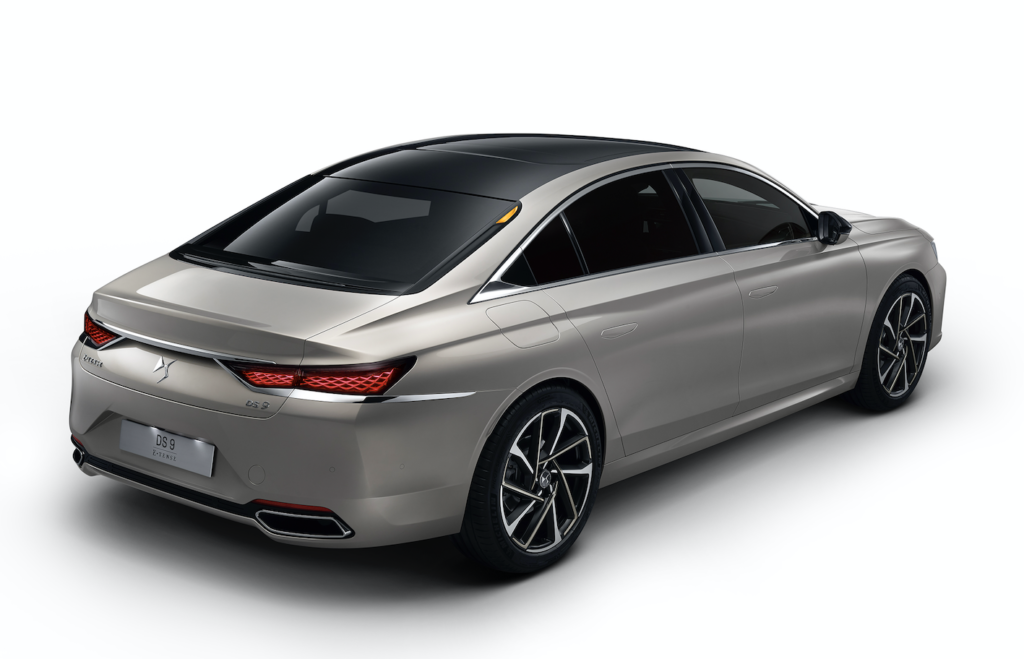
This new French sedan, produced in China, will be marketed in the second half of the year, initially with PHEV versions: a 225 bhp DS E-TENSE, two-wheel drive and capable of driving 50 km on 100% electric power, later accompanied by the same powertrain increased to 250 bhp and, above all, a variant with two electric machines, four-wheel drive and 360 bhp. A “classic” combustion engine will also be offered with a 225 bhp PureTech engine.

The dot on the line…
BELOW: FRONT
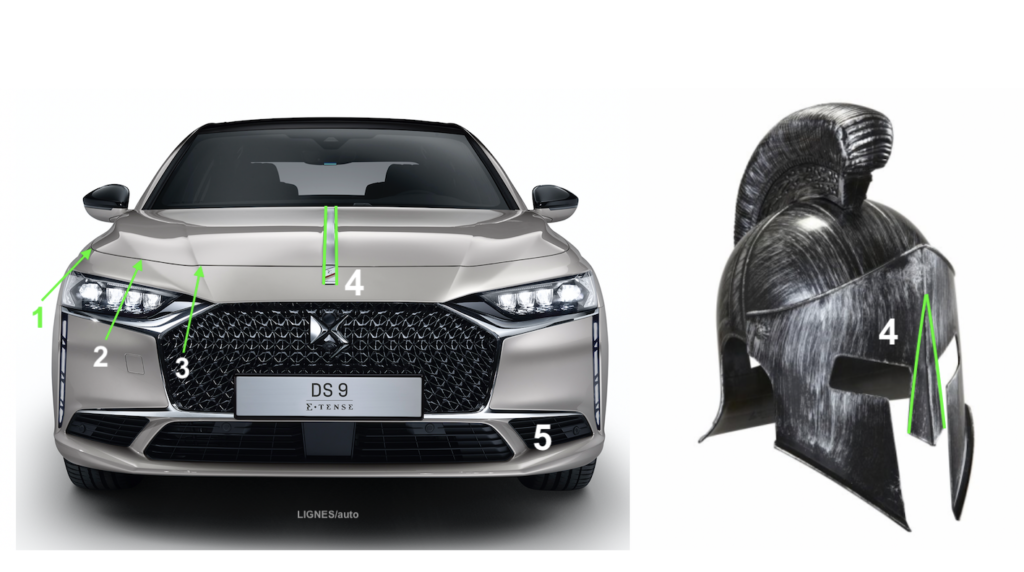
From the front, the DS 9 takes up the fundamentals of DS styling as seen on the two SUVs offered in the range today. Its grille is designed in “parametric design with a three-dimensional diamond effect” according to DS.
– 1, 2 and 3 : the quality of the joints appears excellent. Complicated work between the bodywork hood and the soft-nose that prolongs the edges emerging on the hood.
– 4 : on the bonnet, the “sabre guilloché ” (Clous de Paris) extends this inner signature to the outside, with a little Centurion nose protection effect !
– 5 : Well done ! The air intakes are discreet, contrary to the huge and dummy mouths seen on Audi, Mercedes and BMW.
BELOW : 3/4 REAR
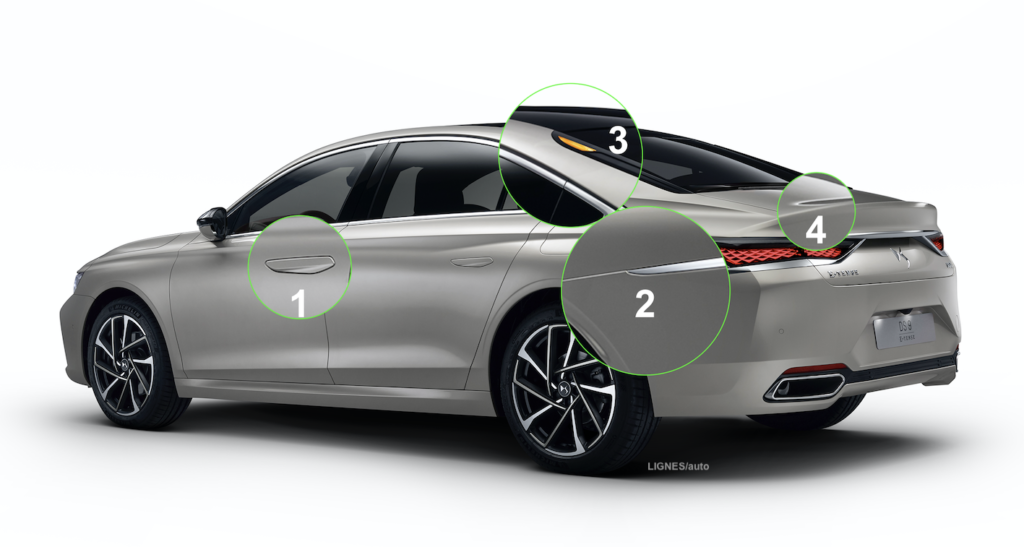
– 1 : the handles are flush and self-extracting, but unlike those of the “small” DS3 Crossback, here they are body-coloured.
– 2 : the chrome blade that underlines the base of the tail lights extends to the third of the bumper (see below for all the lines in this area, a precise and controlled work)
– 3 : the position lights are refitted in place of the flasher “horns” of the 1955 DS.
– 4 : the aerodynamics are finely treated with a discreet rear spoiler stamped with the trunk lid.
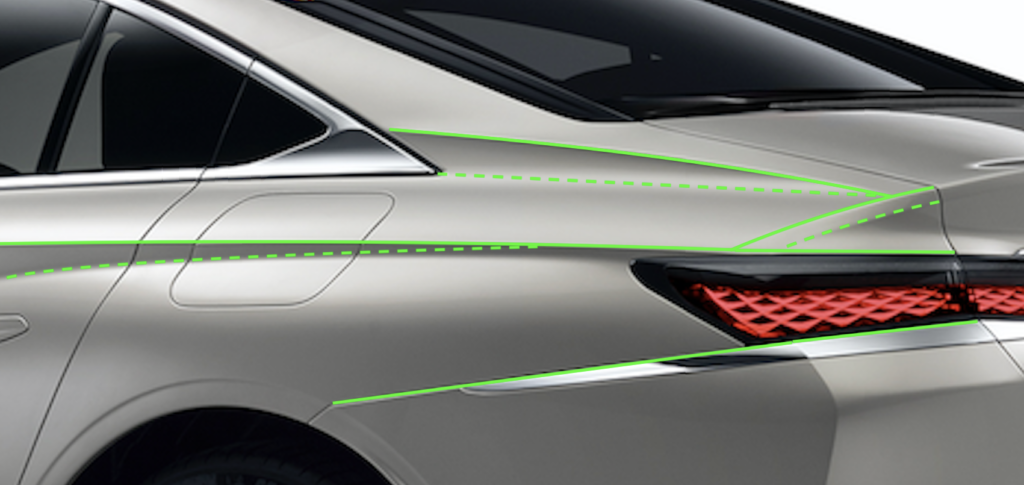
BELOW : 3/4 AR PLUNGING
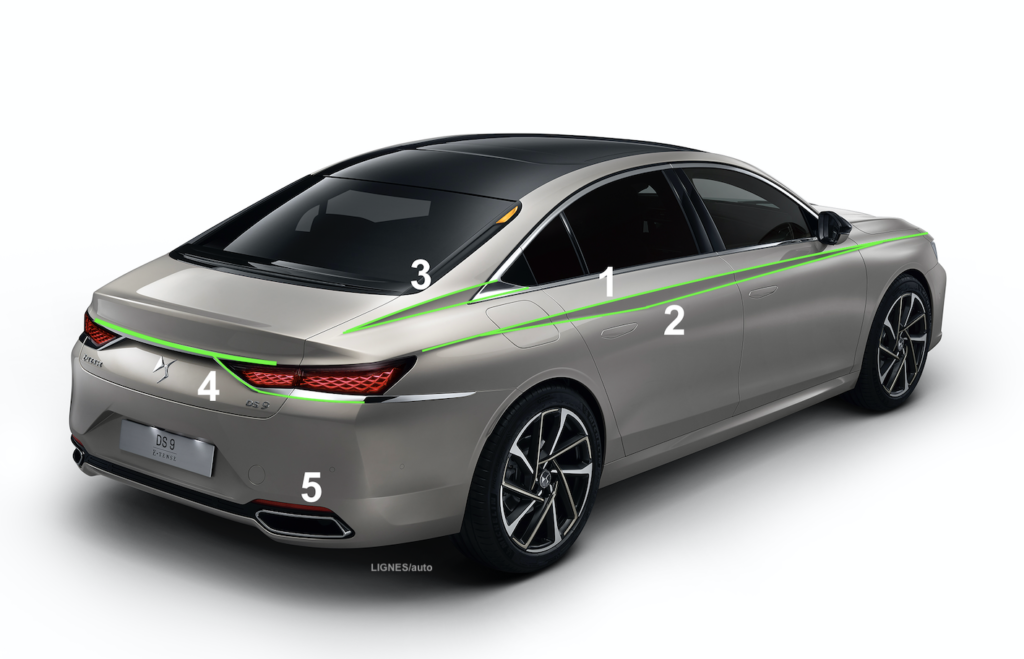
– 1 : the flanks are very clean and not very overloaded, suggesting a desire to “calm” the design on this large sedan. A taut line runs from the front headlights to the taillights without the slightest break.
– 2 : the only concession to volume at this level is a deep sculptural work on the rear door that echoes the relief that subtly bulges out the rear wheel arch.
– 3 : the very thin rear panel (fastback effect) is nevertheless very worked with just the right amount of edges.
– 4 : the “double-wings” concept of the front grille is continued at the rear.
– 5 : confirming this desire to simplify the styling, the rear bumper is sober, without the often ridiculous fictitious air extractions.
BELOW: PROFILE
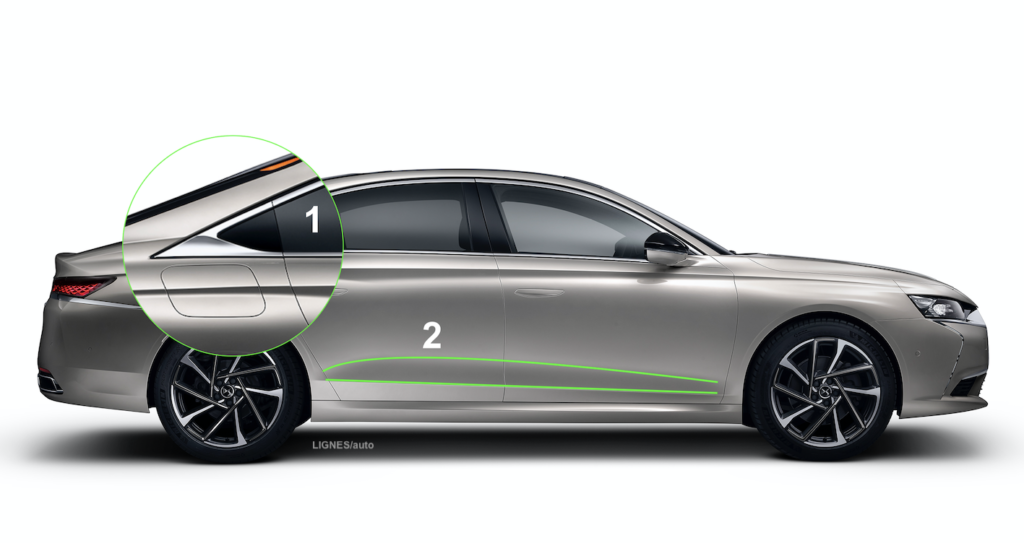
– 1 : the transition from the door window to the “C” pillar is always tricky, -especially when there are no fundamentals to be respected in the brand’s style, such as the “Hofmeister” fold on BMWs. Here, the thick bead and edge, which extends to the sheet metal, try to create a singularity.
– 2 : The completely smooth flanks are slightly hollowed out at their base, giving the whole a bit of muscle.
BELOW : 3/4 AV PLUNGING
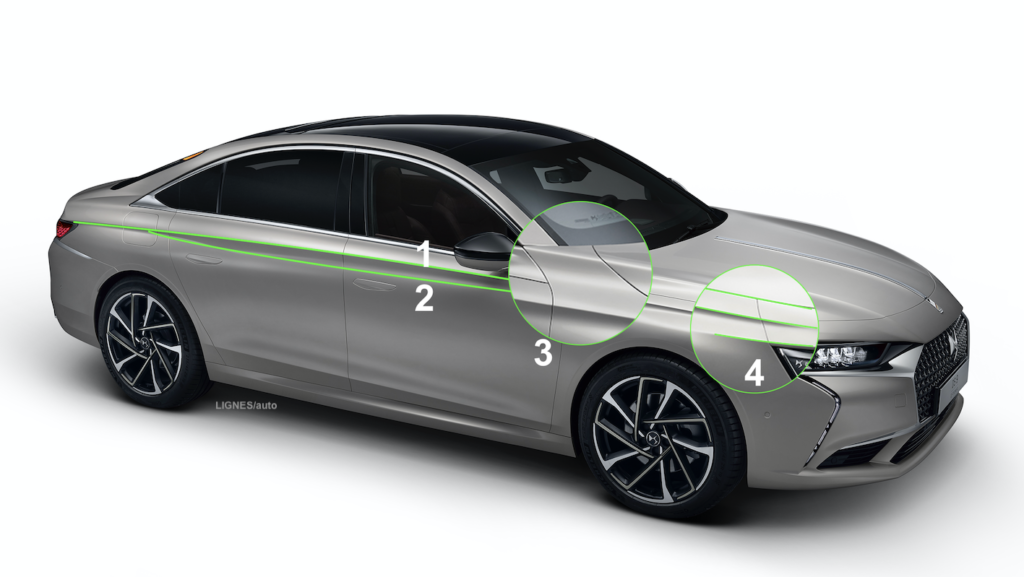
– 1 : this view shows the almost straight line connecting the front headlamps to the rear lamps.
– 2 : this second line wanders under the first one, forming an edge on the front wing and giving a dynamic effect on the rear door by digging it a little.
– 3 : here is the most complex place to deal with in design: the “knot” of the “A” pillar (windscreen base). Depending on how well or poorly the platform is designed at this level, the work is more or less complex. Sometimes the styling is used to hide a difference in height between the hood and the windshield canopy. Here, the fender covers the base of the windshield pillar, thus escaping an unsightly joint.
– 4 : The transition from the fender and bonnet to the soft-nose gives rise to small edges that fade into the bodywork. A concept already seen on the Peugeot E-Legend concept car.
ON BOARD
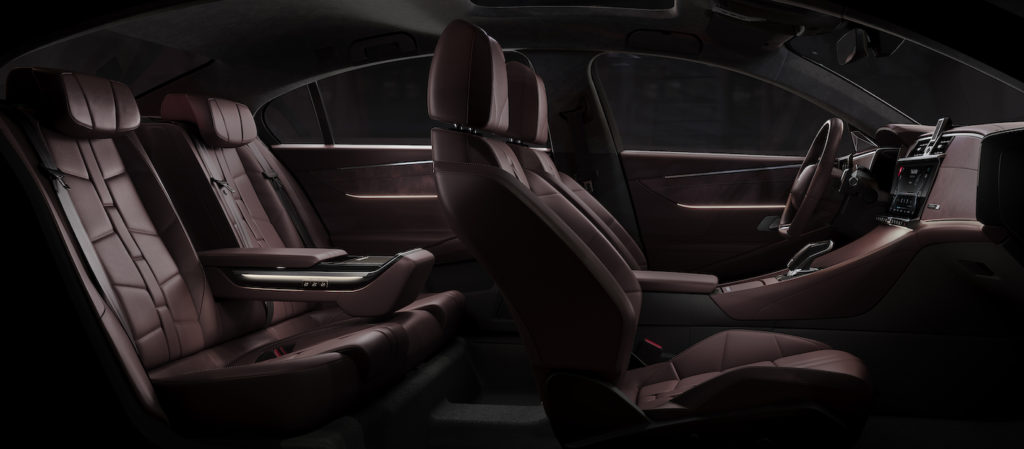
The generous wheelbase offers a fairly exceptional amount of space in row two. Here, DS refers to the “DS Lounge”, which brings the vision of the First Class into the cabin of a grand tourer. Three “DS inspirations” (Bastille, Rivoli and Opéra) allow a great deal of personalization of the cabin.
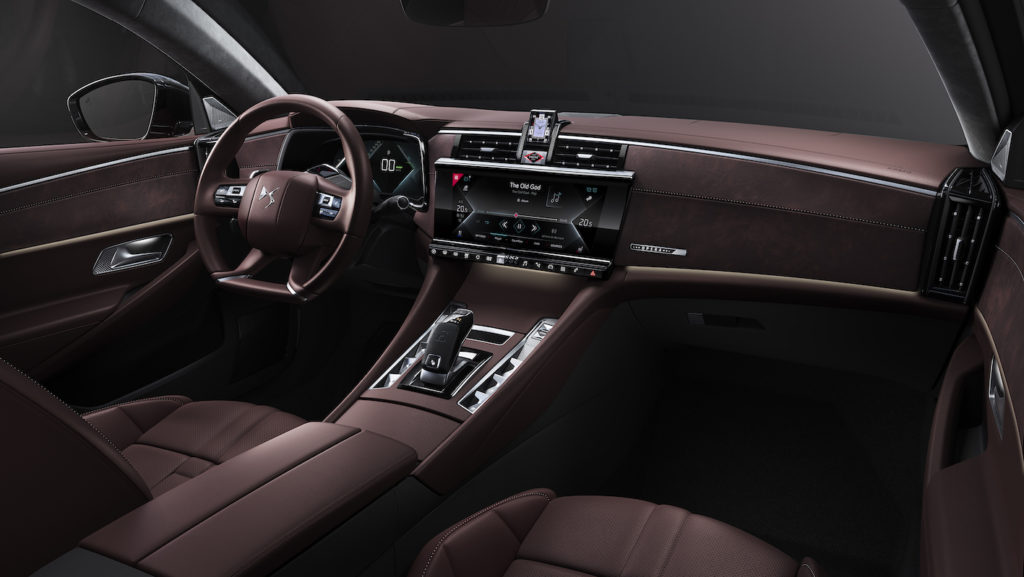
And also, on the same subject: the true story of the birth of the DS brand. Click below.
And also, on the same subject: who designed the DS logo? Click below.

